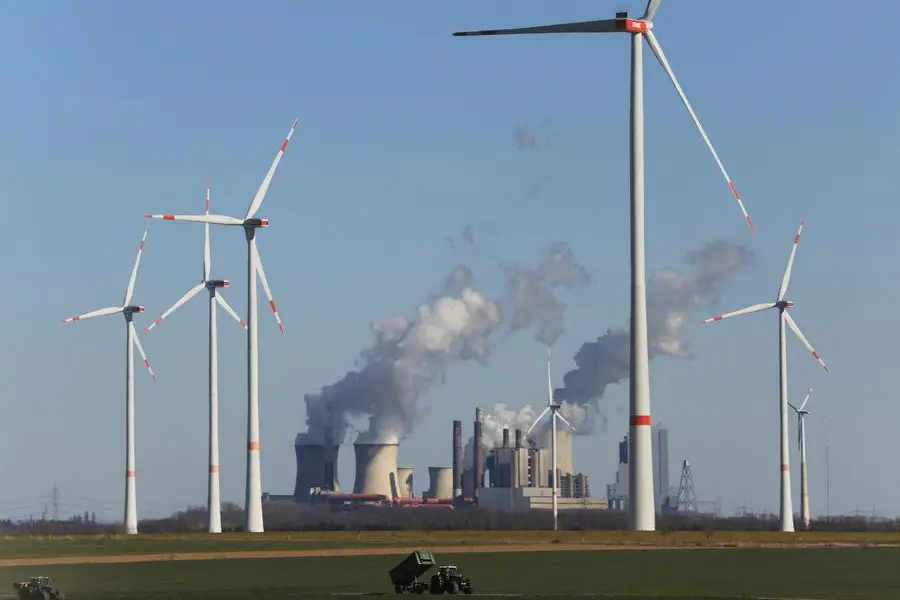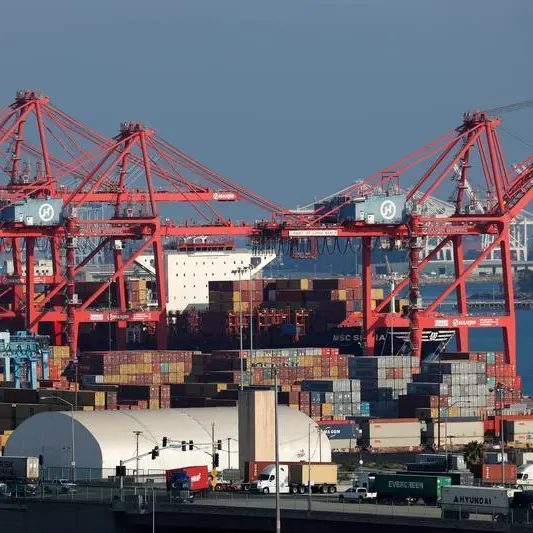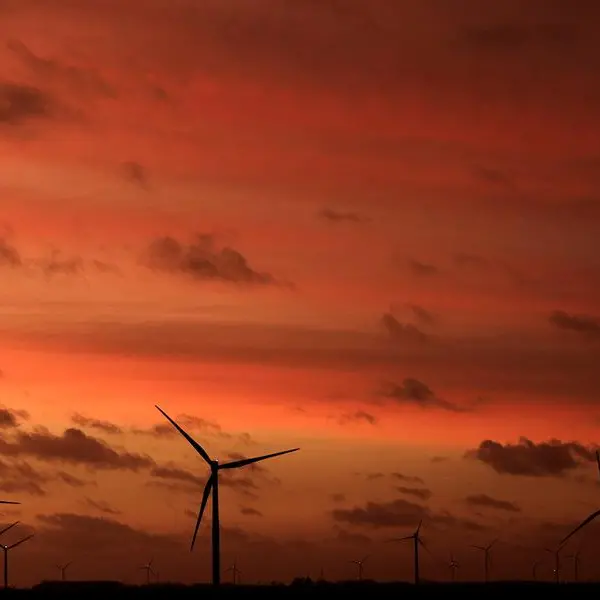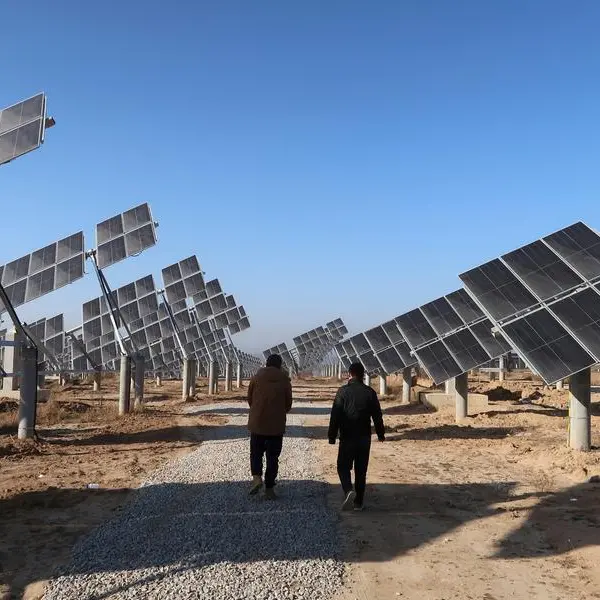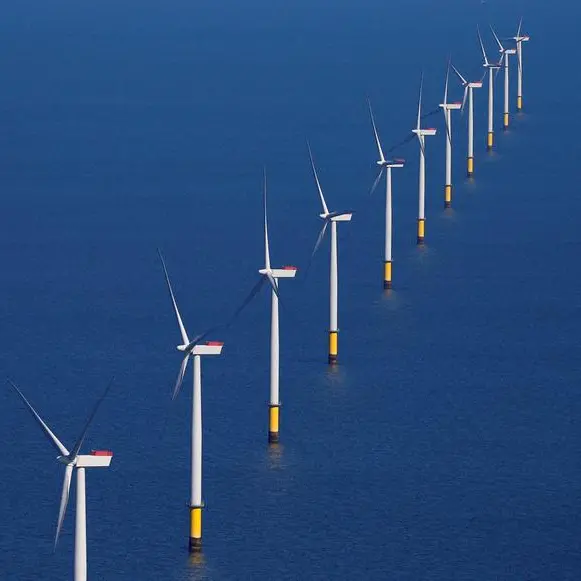PHOTO
LONDON - Europe was exceptionally lucky with the weather this winter - which explains why gas stocks are close to a seasonal record high and front-month futures prices have fallen to the lowest level for almost 19 months.
Temperatures across the region in both October and January were the highest on record, and November was the third-highest, according to data from the U.S. National Centers for Environmental Information (NCEI).
Temperatures in November and February were also above the long-term average, though the anomalies were much less extreme (“Climate at a Glance: Global Time Series”, NCEI, March 14).
During the core of the heating season, which runs from December to February and accounts for more than half of total annual heating demand, regional temperatures were 2.49 degrees Celsius (36.5 Fahrenheit) above the average for the 20th century.
The core winter season of 2022/23 was the second warmest on record, after the winter of 2019/20, when temperatures were 3.32 C above average.
Temperature records display a clear warming trend for the last four decades, and clusters of warmer-than-normal or colder-than-normal years have been common in the long-term record.
But regional temperatures display considerable annual variability and there is no certainty winter 2023/24 will be anywhere near as mild.
From a prudent planning perspective, Europe must prepare for next winter to be colder, putting more stress on gas supplies and prices.
John Kemp is a Reuters market analyst. The views expressed are his own
(Editing by Kirsten Donovan)
